
- Home
- News
- Analysis
- States
- Perspective
- Videos
- Education
- Entertainment
- Elections
- World Cup 2023
- Features
- Health
- Budget 2024-25
- Business
- Series
- NEET TANGLE
- Economy Series
- Earth Day
- Kashmir’s Frozen Turbulence
- India@75
- The legend of Ramjanmabhoomi
- Liberalisation@30
- How to tame a dragon
- Celebrating biodiversity
- Farm Matters
- 50 days of solitude
- Bringing Migrants Home
- Budget 2020
- Jharkhand Votes
- The Federal Investigates
- The Federal Impact
- Vanishing Sand
- Gandhi @ 150
- Andhra Today
- Field report
- Operation Gulmarg
- Pandemic @1 Mn in India
- The Federal Year-End
- The Zero Year
- Premium
- Science
- Brand studio
- Home
- NewsNews
- Analysis
- StatesStates
- PerspectivePerspective
- VideosVideos
- Entertainment
- ElectionsElections
- Sports
- Loading...
Sports - Features
- Budget 2024-25
- BusinessBusiness
- Premium
- Loading...
Premium
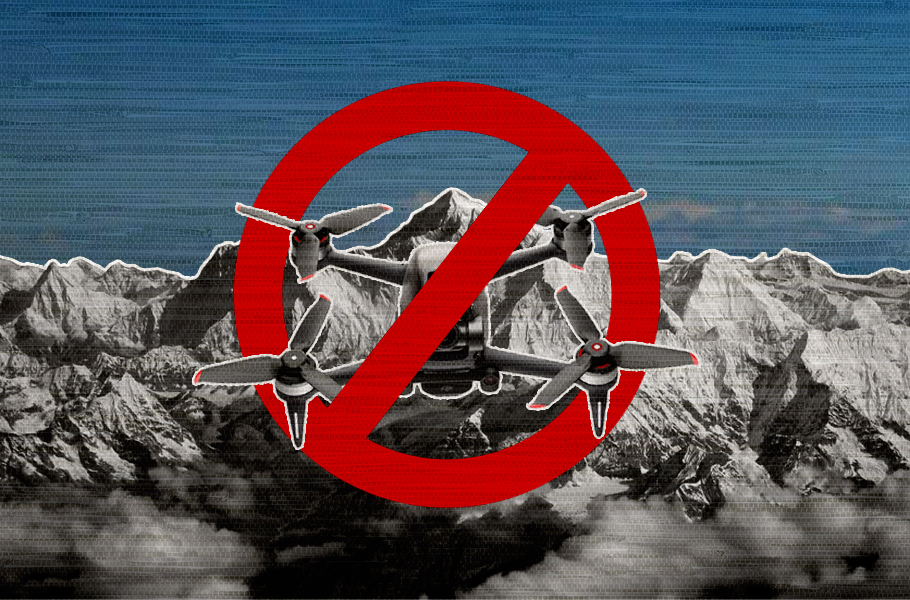
Drone ban grounds cinematic dreams of Kashmir’s cameramen
There was no need to ban drones in Kashmir, as all drone operators were taking aerial shots only after seeking proper police permission.

The dramatic grounding of drones in Srinagar and other parts of Kashmir has paralysed the professional lives of photographers like Umar Nazir. The 25-year-old aerial snapper believes that the sudden ban and seizing of drones makes no sense as it disrupts the tourism, film, and wedding businesses in Kashmir. “Is this ban for locals only?” Umar wonders. “What if tomorrow big Bollywood...
The dramatic grounding of drones in Srinagar and other parts of Kashmir has paralysed the professional lives of photographers like Umar Nazir. The 25-year-old aerial snapper believes that the sudden ban and seizing of drones makes no sense as it disrupts the tourism, film, and wedding businesses in Kashmir.
“Is this ban for locals only?” Umar wonders. “What if tomorrow big Bollywood stars come to shoot in the valley, will this ban be extended to them as well? Such a ban will end the Kashmir dream for Mumbai filmmakers and also undo the efforts of the government to revive Bollywood’s romance for Kashmir. The ban doesn’t mention anything about it.”
There should have been proper guidelines, Umar says. “If government can facilitate drone usage for their own departments, why haven’t they thought about us?”
The administration of the Union territory of Jammu and Kashmir recently ordered a ban on the sale, possession and usage of drones in some parts of Kashmir including Srinagar and in some areas of Jammu division as well.
Those owning any kind of drones/flying objects were ordered to submit the same in respective police stations against a receipt. The order was issued in the wake of an alleged drone attack on an Air Force station in Jammu, in which minor damage to a building was reported and two Air Force personnel suffered minor injuries.
In the last five years, many young professionals from Kashmir, especially media practitioners, have taken to using drones for wedding photography and exploring a new visual dimension in the region. The aerial shooting brought in a new angle to the breathtaking landscape of Kashmir and wooed young couples from different parts of the country to capture their cherished moments.
But that aerial romance, it seems, has taken a hit with the ban on drones.
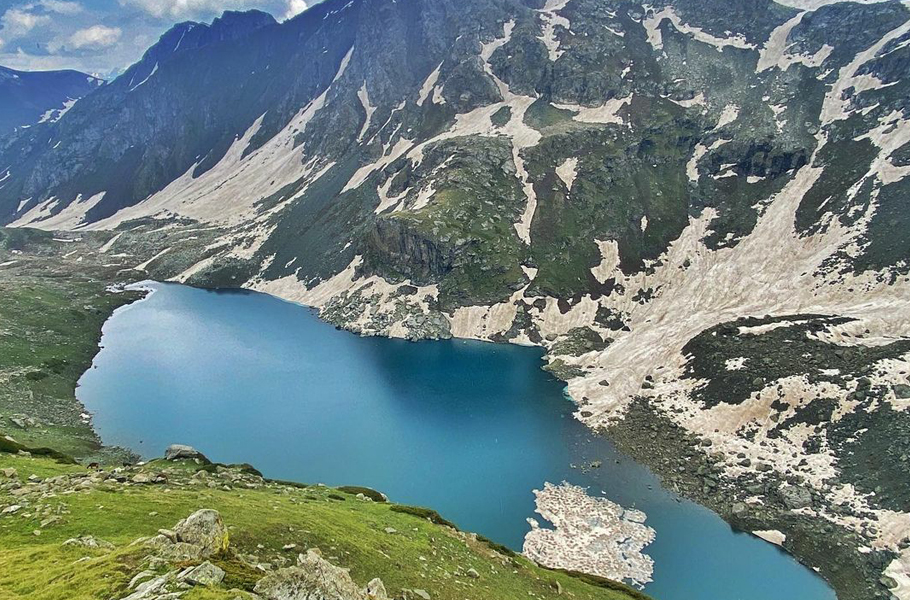
The security establishment is also reportedly testing and installing advanced global anti-drone systems, including Israel’s laser technology-based solutions at vital installations in Jammu and Kashmir.
As per the security brief, the technology will help tackle drones “being sent with payloads and detect carrying weapons, narcotics, and even ready-to-use IEDs”.
However, the latest “security” decision, many in the valley say, has once again come at the cost of the livelihood of the locals.
“Why ban drones in Srinagar if the attack happened in Jammu?” asks a young drone operator. “Why should we suffer? This seems yet another offensive-defensive tactic.”
There was no need to ban drones in Kashmir, he says, as all drone operators were taking aerial shots only after seeking proper police permission.
“This ban is nothing else but a blanket punitive move against Kashmir’s new-age creative entrepreneurs,” he says, adding that every drone comes with a specific identity number. “In case of any misuse, the security apparatus would easily detect it as it is already a registered entity.”
“Just before this ban, my hands were full. I was supposed to shoot in the upper reaches of mountains and around Srinagar with some couples. They have cancelled their bookings after this ban,” says Umar Nazir, who has cut down charges on weddings and has lost all his drone-shooting projects.
“My clients from outside Kashmir called me to convey that they will pay half the amount as there is no drone footage now,” he says.
Kashmir’s new age creators
These movers and shakers of the new-age creative industry in Kashmir are unable to complete their ongoing projects as well. It has also badly marred the local prospects to get noticed on the global platforms.
In 2019, a tribute to Game of Thrones from Kashmir was the only fan film selected from Asia by the producers of Game of Thrones series and it was released on the official account of HBO instagram.
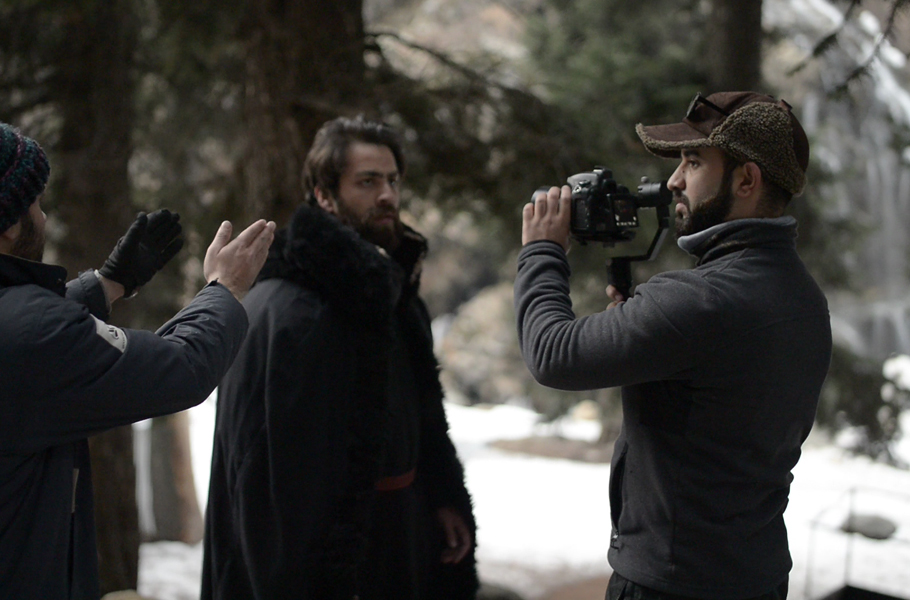
The six-minute-long video released in 2019 was shot by Zulkarnain Dev and Rumaan Hamdani in 2018 winters. “When our fan film was chosen from Asia, we felt that our hard work since we started our journey with filmmaking has really achieved something,” says Zulkarnain.
The duo started their own production house called Master Visuals Studio. After a year, they bought a drone for around ₹2 lakh. At the time, there was a spurt in the use of drones in weddings and for travel videos.
And with drones, they got their first contract from J&K tourism.
“They had issued a tender notice for making and publishing of promotional videos and we were selected,” says Zulkarnain, a DadaSaheb Phalke International Film Festival award winner of the best cinematography award for the music video ‘Kehwa Speaks’.
“Based on that tender, the selected videographers were given a three-year license that they can fly drones easily without any hassle. And then we shot our first video with a drone camera—the seven bridges in Srinagar—and almost made 10 other videos for the tourism department,” he says.
After the 2019 lockdown, the YouTubers, filmmakers and photographers faced hardships and now the recent ban has further brought them down.
“This year we had got some contracts for destination weddings and their main reason to choose Kashmir was the aerial shots of the landscape, forest, lakes and snowbound mountains. Now it seems they might cancel their bookings,” Zulkarnain rues.
“With drones, we cater to the domestic and international audience. We show Kashmir in a different perspective. This will help us to gain the tourist attraction here. Kashmir is known to most non-locals by some tourist spots like Gulmarg, Pahalgam, etc, and people from Bollywood shoot videos in some restricted locations but through videos and pictures, they get inspired and ask us to work for them in Kashmir. When I visited Gurez and took photos with a drone, our followers were surprised and asked whether these locations are really in Kashmir.”
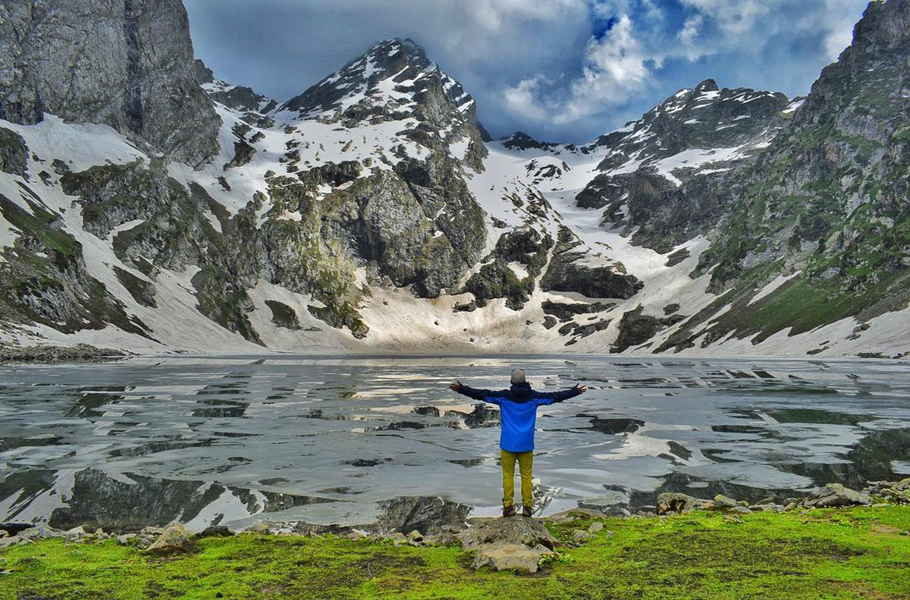
As a drone photographer, Zulkarnain would charge ₹12,000 per day and would remain busy for 20 days a month.
“I have chosen this field after so many struggles with my family as they were reluctant to allow me into this field but this was my passion,” he says.
Rules were being followed
For Zulkarnain, the drone ban is a matter of confusion, as, he says, they were already following the protocols of flying drones. “I don’t understand if the attack happened in Jammu, what is the fun of banning drones in Kashmir?”
“Whenever we were shooting for a wedding, either the client or we would first take permission from the local police station,” he says.
“In the wild and the woods, we were not using drones where there is an army camp, bunkers or police stations and you have no fly zone areas already here where a drone won’t operate itself.”
Like Zulkarnain, Kaiser Jameel, a 23-year-old trekker, believes the ban would kill the sense of adventure tourism in Kashmir.
“Around 50 percent of my work depends on drones,” Kaiser says. “When I upload my videos on social media accounts, they get many shares across the globe and I earn through this by subscription money and advertisements.”
The trekkers, he says, need to take different shots—starting from base point to the end point, like shots using drones, cameras, action cameras and then they combine and make a movie like three to 4-minute video.
“When you feature something unique, you get a good response from viewers,” Kaiser said.
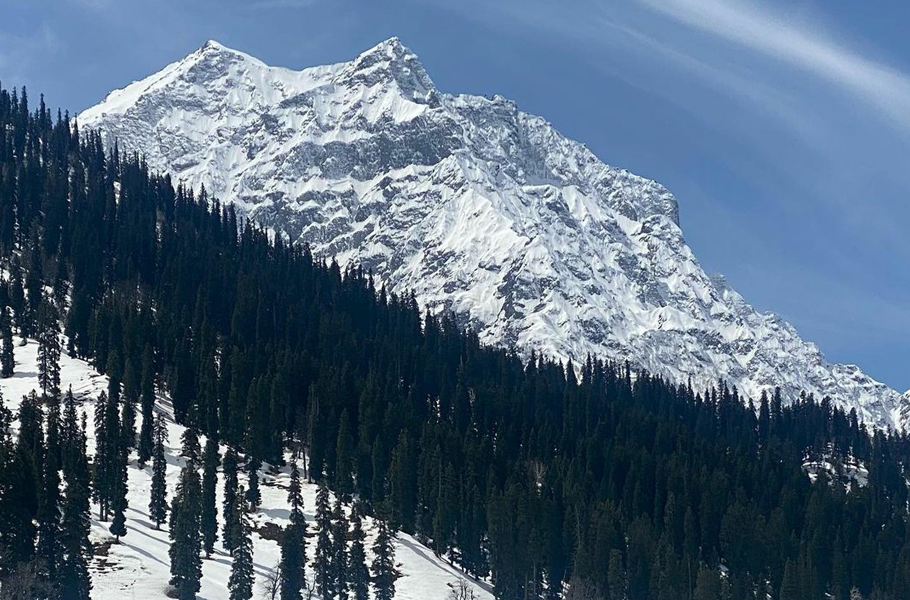
“The drones we use for photography and videography are not high-tech drones and can fly only up to 25 minutes whereas high-tech drones that have good load capacity are not allowed here.”
Trekkers need a drone for coordination to different locations and move ahead, he says.
“You can yourself see that the trekking culture has increased in the last few years as people get aware and are attracted whenever we upload videos and images of treks. But now, one single decision has cost us so much now,” he adds.
When contacted, divisional commissioner of Kashmir P K Pole said that ‘these were genuine concerns’ and he would get back soon with the response. Police officials did not respond to the issue immediately.
“I guess this is the peril we Kashmiris face living in Kashmir where everything is seen through the security prism, as if life doesn’t exist here,” Kaiser says.

